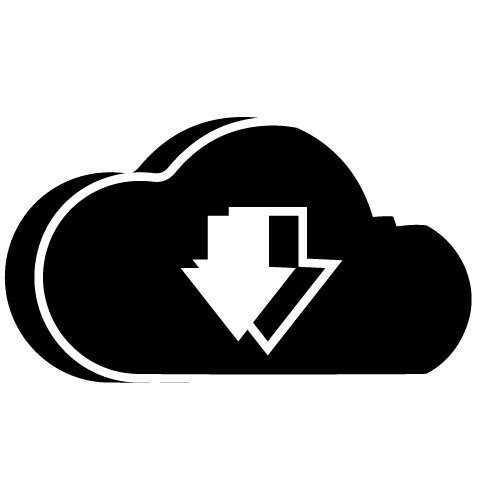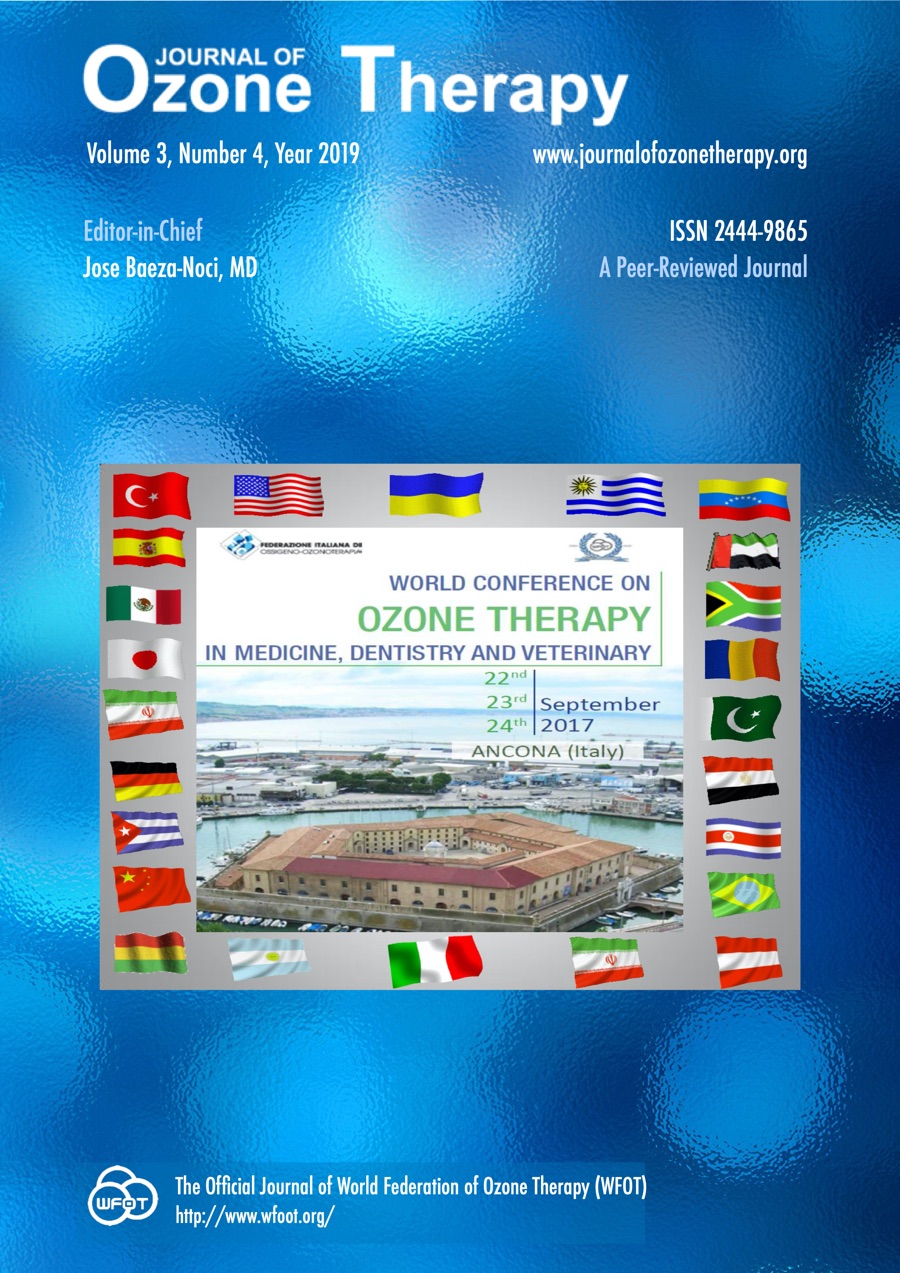Ozone therapy for vial hepatitis. What can be expected? [abstract]
DOI:
https://doi.org/10.7203/jo3t.3.4.2019.15514Parole chiave:
ozone therapy, hepatitis, viral infection, acute hepatitis, chronic hepatitis, Abstract
Abstract
Patients with acute viral hepatitis (type A, B, C) should receive high dosage OT at least twice weekly, expecting a fast decline of transaminases and bilirubins, as well as a fast clinical (subjective) recovery. On average, six sessions of OT will suffice. In the author’s experience, this program will avoid the possible chronification of the disease.
Patients with chronic viral hepatitis (type B, C) normally require longer treatment, with two OT sessions weekly, for at least six weeks, after which the laboratory work should be remade. A reduction of transaminases is expected to occur, signifying a reduction in the intensity of the ongoing inflammatory process. An OT “maintenance” program is then recommended for at least six months, testing the transaminases regularly. Viral load negativization may or may not occur, but should not be THE goal of this treatment. During the OT, the viral load may vary immensely, and we have no sure explanation for this as yet. The author considers the viral load not to be a reliable criterion for the evaluation of the efficacy of ozone therapy for chronic viral hepatitis.
For legal as well as medical reasons, the author recommends NOT to apply ozone therapy and Interferon / Ribavirin treatments at the same time.
The real efficacy and long term safety of the newer medicines for acute and chronic viral hepatitis seem very positive, but may / should still be observed / cleared.
 Downloads
Downloads
Downloads
Pubblicato
Come citare
-
Abstract606
-
PDF 256
Fascicolo
Sezione
Licenza
Journal of Ozone Therapy applies the Creative Commons Attribution-NonCommercial 4.0 International License (CC BY NC 4.0) license to works we publish.
Under this license, authors retain ownership of the copyright for their content, but allow anyone to download, reuse, reprint, modify, distribute and/or copy the content as long as the original authors and source are cited. No permission is required from the authors or the publishers.
You may not use the material for commercial purposes.
Appropriate attribution can be provided by simply citing the original article, provide a link to the license, and indicate if changes were made.
You may do so in any reasonable manner, but not in any way that suggests the licensor endorses you or your use.




